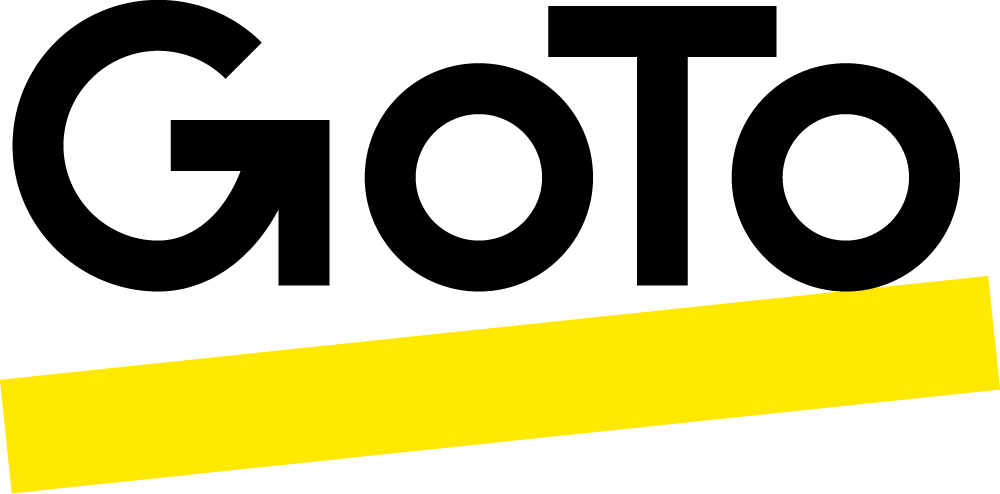Flexibility means many things to many people. For some, it’s the ability to go with the flow, turn on a dime. For others it’s nailing that yoga pose. But the place we’re showing our flexibility most is at work. And we’re not just talking about our WFH sweatpants.
If these days you’re all about getting stuff done when and where you want, you aren’t alone. According to a recent Ernst & Young (EY) survey, nine in ten employees want workplace flexibility. And more than half (54%) would quit if they don’t get it.
We demand flexible work now because we can. It’s a must if businesses want to retain talent, too. It’s probably one of the few things we can thank the pandemic for ... well, that and the bread-making skills.
What is flexible work?
We all know we want it, but what does flexible work really mean? And how does it relate to remote work, hybrid work, a workcation, and other ways employers are choosing to keep the lights on following one of the most transformational times in the modern era?
Put simply, flexible work takes in all permutations of remote and hybrid work. It also includes flexible working hours. Or any combination of these work modes, or none. That’s because flexible work, by definition, is whatever employers and employees make of it for their mutual benefit, according to Kaumudi Misra, a researcher focused on flexible work at California State University, East Bay.
"Ultimately, it’s about everyone doing their best work however and wherever they work best."
Misra says flexible work started as an accommodation to specific employee needs, but it’s gone much further than that. Now, it represents a way for companies and their workers to find common ground around work, working hours, and work locations across companies, departments, and teams. In other words, it’s evolved into a collaboration between employers and employees. Ultimately, it’s about everyone doing their best work however and wherever they work best. But this doesn’t mean you are working in a silo. For flexible work to really work, it requires good communication all around.
“For true flexibility to happen, having a common flexibility language is helpful,” Misra says. Clear communication about expectations will help organizations and workers create their own versions of flexible work, which will vary by organizations, teams, and individuals.
Christina Boyd-Smith, an executive coach based in St. Paul, Minnesota, goes even further. She says successful flexible work requires advanced communication plus people skills. “It requires us to be in relationship with one another, to be having vulnerable, real conversations,” she says.
It all comes down to alignment. Misra says, “When I walk into an organization and ask anyone randomly, ‘What are the flex practices you have around here?’ everyone should have a consistent answer.”
But what’s in it for the company?
Employees aren’t the only ones pushing for flexible work because they’re not the only ones who stand to gain from it. Flexible work overwhelmingly leads to happier employees. And happier employees mean greater productivity for the company, talent that stays put, and overall, a more successful business.
For example, research from Gartner conducted before the pandemic in 2019, when remote work was not as common, and during the pandemic in 2020 revealed that employees working remotely full time have a 5% greater chance of achieving high-performer status than their office-bound colleagues.
But just telling people they are allowed to work from anywhere doesn’t necessarily foster a healthier, happier workforce. It’s also about enabling the right work-life balance by practicing flexibility in work hours and using technology that allows collaboration anywhere, any time.
Boyd-Smith says stress levels rise among employees whose workplaces don’t help them balance work and family obligations, pushing many to leave. “And then you have what I consider an incredible brain drain of talents, particularly women who leave when they have children at various stages,” she says. “I’ve seen a lot of really smart, talented women who are an asset to their company leave because they can’t figure out how to make it work.”
What’s more, she says, trust is one of the most important elements in a successful flexible work arrangement. “And to have trust, you have to prioritize the relationships among people,” she says. That means relationships between managers and employees and those between co-workers.
Clearly flexible work means more than adjustments to workplaces and work times. For it to succeed, it also requires embracing a new work culture, Misra explains. “The mindset needs to change,” she says. “Once we have a common flexibility language, it can convert to a culture where it’s part of regular work life.
Then we all get what we want: to spend our work time wisely and then move on to whatever is most important in our lives. Our favorite people. Our passions. Or finding the perfect pair of sweatpants.
The future of flexible work
As a company built to support flexible work and make it as easy as possible for you to support your anywhere workforce, we have plenty more stories where these came from. Keep an eye on GoTo’s new Insights series, where in the coming months, we‘ll explore more of the elements that make flexible work, well . . . work.






